Based on conventional wisdom, high customer satisfaction (CSAT) and high net promoter scores (NPS) predict customer loyalty, while low CSAT and NPS scores indicate risk of churn.
Except when they don't.
On a number of recent in-depth interviews, interviewees appeared to love their current vendor, gave their current vendor outstanding CSAT and NPS scores; then explained that they were jumping ship. Surprise!
Has this happened to you?
Did you feel blindsided?
We dug deeper to identify possible causes. Did the people misunderstand or incorrectly answered the questions? The answer is no.
Each person had legitimate reasons for both high satisfaction scores and high likelihood of switching. In all situations, their current vendor was delivering on commitments and expectations. Everything has been working well. No issues were reported. They were happy with the vendor.
So, why were they switching? More importantly, do you have customers like them?
Understanding the real reason for churn is key to developing the right strategy for retaining these accounts. We have identified three common themes why happy customers churn - cost cutting, revenue growth, and leadership change.
Cost cutting
Cost cutting measures come in three flavors: economy-driven, market-driven, and internally-driven.
Economy-driven: Broader economic conditions typically lead to cuts in budgets and shifts to outsourcing arrangements. Instead of fixing a part of the problem, companies outsource the whole function to a specialist to cut costs (e.g. medical billing service provider replaces medical billing software). Reduced budgets were common during the 2008-2009 recession. They are likely to happen again during the next economic downturn. Watch out!
Market-driven: In mature markets, best-of-breed point solutions frequently lose to good-enough suites. Suites offer ease of doing business with one-stop-shop for buyers, limiting complexity, improving time-to-market and simplifying purchasing and operations. For instance, cloud-based software-as-a-service (SaaS) solutions are replacing software and hardware products because SaaS is much simpler to consume and typically delivers better user experience and return on investment (ROI).
Internally-driven: Customers look for efficiency improvements. A common example of efficiency improvement initiative is post-merger integration. After an acquisition, acquired company usually adopts acquirer's financial accounting systems, to streamline financial reporting. Other systems, vendors and processes are frequently consolidated to improve efficiency and cut costs.
To keep a customer who is cutting costs, be sure to understand whether the cost-cutting initiative is internally, market, or economy-driven. Then be prepared to show your efficiency-focused customers how you can save them money.
Your strategy would be completely different when the customer is planning to switch to gain market share. Typically, top line is their foremost goal. This calls for a completely different value proposition and strategy.
Revenue growth
In growth-focused initiatives, companies are looking for competitive differentiation and are not focused on the bottom line. When your customer wants to grow revenue and competitive differentiation, they need vision, expertise, and scale to help them get bigger quickly. For example, many companies are investing in cloud operations and analytics. A company that has decided to invest in the cloud will likely increase spend in cloud services and analytics and decrease spend on computer hardware and data center space. If you are selling computer hardware, you may be out of luck. You will need to reposition your solution to show how your products can help your customer differentiate from their competition, increase revenue and scale quickly and easily.
The strategy and messaging for growth-focused customers is very different from those focused on cost cutting. For growth-focused customers, you need to show how your expertise and solutions can help increase your customer's competitive differentiation and grow revenues quickly.
A leadership change may or may not introduce churn. You need to learn the new leadership's goals and position your solution appropriately.
Leadership Change
Leadership changes are always risky. New management frequently has positive prior experiences with your competitors. People buy from people. Keep your customer relationships proactive and positive - be a good partner. Be sure to meet the new leader and understand the new strategy. Once you understand the new leader's goals, you are in better position to explain why your solution is the right one and grow your business.
Don't get complacent with a false sense of security after receiving high NPS and CSAT scores. Your account-based marketing (ABM) plan needs to probe for risks in your accounts, so that you can better position your solutions to prevent churn. Be prepared to explain to your customers how your products save money, increase revenue, and deliver an outstanding customer experience.
When selling to an organization focused on cost cutting, be sure to present your operational efficiency value proposition. When selling to a growth-minded business, explain how your solution helps generate more revenues quickly and scales effectively.
How does your company regularly test for churn risk?


